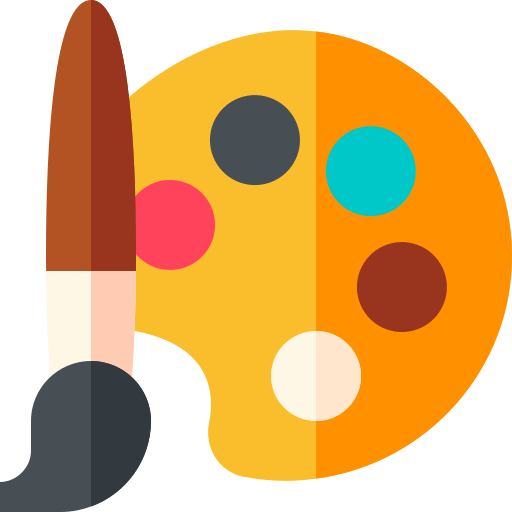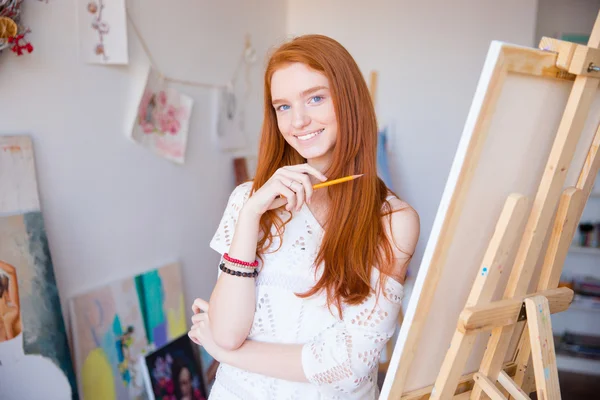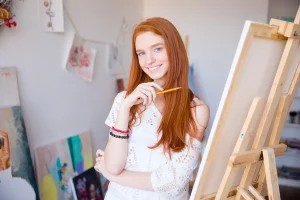Arts, in its myriad forms, has been an integral part of human culture and expression for centuries. From ancient cave paintings to contemporary installations, the world of art encompasses a vast spectrum of mediums, styles, and techniques. This article aims to delve into the captivating realm of arts, highlighting its diverse branches and the profound impact it has on society.
Visual Arts: Visual arts serve as a gateway to exploring the power of imagery and aesthetics. Painting, drawing, sculpture, and photography are just a few of the mediums that allow artists to convey emotions, ideas, and stories visually. Artists employ various techniques, such as realism, impressionism, abstract, and surrealism, to evoke different responses from their audience. The beauty of visual arts lies in its ability to communicate universally, transcending language barriers and cultural differences.
Performing Arts: Performing arts encompass a range of disciplines, including music, dance, theater, and film. These forms of artistic expression come to life through live performances and recordings, captivating audiences and leaving a lasting impact. Music, with its harmonies and melodies, can evoke powerful emotions and create a shared experience. Dance, through graceful movements and choreography, becomes a language of the body, conveying narratives and emotions without words. Theater and film bring stories to life on stage or screen, immersing spectators in a world of imagination and drama.
Literary Arts: Literature, the written word, is a profound form of artistic expression. Through novels, poetry, short stories, and essays, writers encapsulate human experiences, provoke introspection, and challenge societal norms. Literature serves as a powerful medium for storytelling, enabling readers to empathize with characters and gain insights into different cultures and perspectives. The written word has the ability to transport readers to new realms, evoke emotions, and ignite intellectual discourse.
Culinary Arts: While often overlooked, culinary arts are a fusion of creativity, skill, and cultural heritage. Chefs use ingredients, flavors, and presentation to create tantalizing culinary experiences. The culinary arts not only nourish the body but also stimulate the senses, bringing people together to savor and appreciate the artistry of food. From fine dining establishments to street food vendors, culinary arts celebrate diversity, regional traditions, and the pleasure of sharing a meal.
Applied Arts: Applied arts encompass various disciplines, including architecture, fashion design, interior design, and industrial design. These forms of art intertwine functionality with aesthetics, shaping the environments in which we live and interact. Architects create structures that blend form and function, impacting our urban landscapes. Fashion designers use fabrics, colors, and textures to create wearable art, reflecting social and cultural trends. Interior designers transform spaces into harmonious and visually appealing settings, enhancing our daily lives. Industrial designers merge creativity and functionality to produce everyday objects that seamlessly integrate into our routines.
Conclusion:
Arts, in its numerous forms, has the power to inspire, provoke thought, and evoke emotions. From the visual arts to performing arts, literary arts, culinary arts, and applied arts, each branch offers a unique lens through which we can explore the human experience. The world of arts transcends boundaries, connecting people across cultures, and preserving our collective history. It is through arts that we celebrate creativity, challenge conventions, and forge a deeper understanding of ourselves and the world around us.


